Ground Line Design Considerations in PCB Design
By:PCBBUY 03/06/2024 11:22
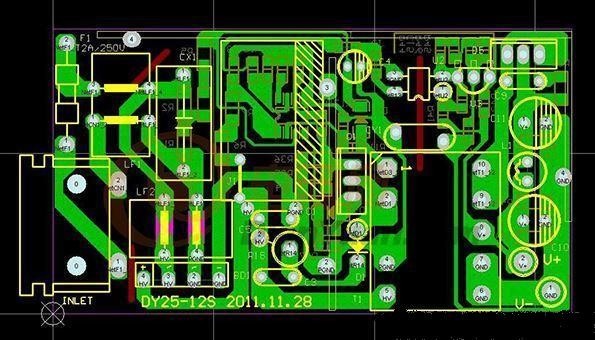
Common Impedance Interference of Ground Lines in PCB Design
The ground line on the circuit diagram represents the zero potential of the circuit and serves as the common reference point for other points in the circuit. In practical circuits, the existence of impedance in the ground line (copper foil line) inevitably leads to common impedance interference. Therefore, when routing, points marked with the ground symbol on the circuit should not be arbitrarily connected together, as this may cause harmful coupling and affect the normal operation of the circuit.
How to Connect Ground Lines in PCB Design
In an electronic system, ground lines are typically divided into system ground, chassis ground (shield ground), digital ground (logic ground), and analog ground. When connecting ground lines, the following points should be noted:
Correctly choose between single-point grounding and multi-point grounding:
In low-frequency circuits where the signal frequency is less than 1MHz and the inductance between routing and components can be ignored, the voltage drop on the ground line circuit resistance has a significant impact on the circuit, so a single-point grounding method should be adopted. When the signal frequency exceeds 10MHz, the influence of ground line inductance is significant, so it is advisable to use multi-point grounding closer to the signal source. When the signal frequency is between 1~10MHz, if a single-point grounding method is used, the length of the ground line should not exceed 1/20 of the wavelength; otherwise, multi-point grounding should be adopted.
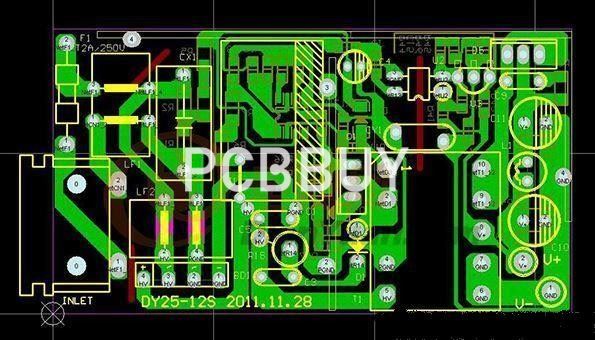
Separate digital and analog grounds:
In circuit boards where both digital and analog circuits are present, they should be separated as much as possible, and ground lines should not be mixed. They should be connected separately to the ground terminal of the power supply (ideally, each power supply terminal should be separately connected). The area of linear circuits should be maximized. Generally, digital circuits have strong anti-interference capabilities, with a noise tolerance of 0.40.6V for TTL circuits and 0.30.45 times the power supply voltage for CMOS digital circuits, while the analog circuit portion may malfunction with noise at the microvolt level. Therefore, the two types of circuits should be laid out and routed separately.
Ground lines should be made as thick as possible:
If the ground line is too thin, the ground potential will vary with the current, leading to interference with the signals of the electronic system, especially in the analog circuit portion. Therefore, the ground line should be as wide as possible, generally greater than 3mm.
Form ground lines into closed loops:
When there are only digital circuits on the circuit board, the ground lines should be formed into loops, which can significantly improve anti-interference capabilities. This is because when there are many integrated circuits on the circuit board and the ground line is thin, it will cause a large ground potential difference, while a loop ground line can reduce the ground resistance, thereby reducing the ground potential difference.
Ground points of the same level of circuits should be placed as close as possible to each other, and the power supply filter capacitors of this level of circuits should also be connected to their respective ground points.
Connection of the main ground line:
The main ground line must be strictly connected from weak to strong in order of high frequency, medium frequency, and low frequency. For the high-frequency part, it is best to use a large-area surrounding ground line to ensure good shielding effects.
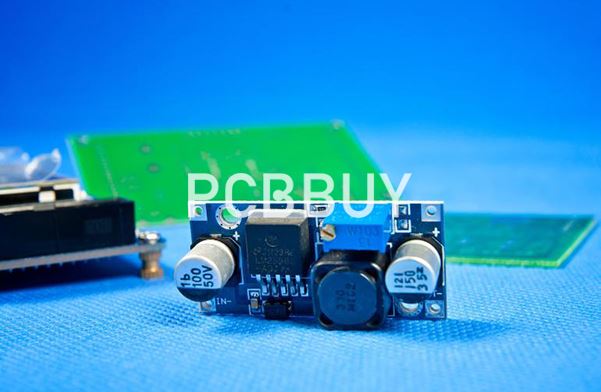
Definition of Ground Line
What is a ground line? The definition of a ground line in textbooks is: a equipotential body serving as the reference potential point of the circuit. However, this definition does not match the actual situation. The potential on the ground line is not constant. If you measure the potential between various points on the ground line with a meter, you will find that the potential difference between various points on the ground line can be very large. It is these potential differences that cause abnormal operation of the circuit. The definition of a ground line as an equipotential body is merely an expectation of the potential on the ground line by people. HENRY gave a more practical definition of a ground line: a low-impedance path for signal return to the source. This definition emphasizes the flow of current in the ground line. According to this definition, it is easy to understand the reasons for the potential differences on the ground line. Because the impedance of the ground line is never zero, when a current passes through a finite impedance, a voltage drop will occur. Therefore, we should imagine the potential on the ground line as waves in the sea, constantly rising and falling.
Impedance of Ground Lines
When it comes to the impedance of ground lines causing potential differences between various points on the ground line, many people find it incredible: when we measure the resistance of the ground line with an ohmmeter, the resistance of the ground line is often in the milliohm range. How can such a small resistance cause such a large voltage drop when current flows through it, leading to abnormal operation of the circuit? To clarify this issue, we first need to distinguish between the resistance and impedance of conductors, two different concepts. Resistance refers to the impedance presented by conductors to current in a direct current state, while impedance refers to the impedance of conductors to current in an alternating current state, mainly caused by the inductance of the conductor. Any conductor has inductance, and when the frequency is high, the impedance of the conductor is much greater than the DC resistance, as shown in Table 1, which illustrates this issue. In actual circuits, signals that cause electromagnetic interference are often pulse signals, which contain rich high-frequency components, so they can produce large voltages on the ground line. For digital circuits, the operating frequency of the circuit is very high, so the influence of ground line impedance on digital circuits is considerable.
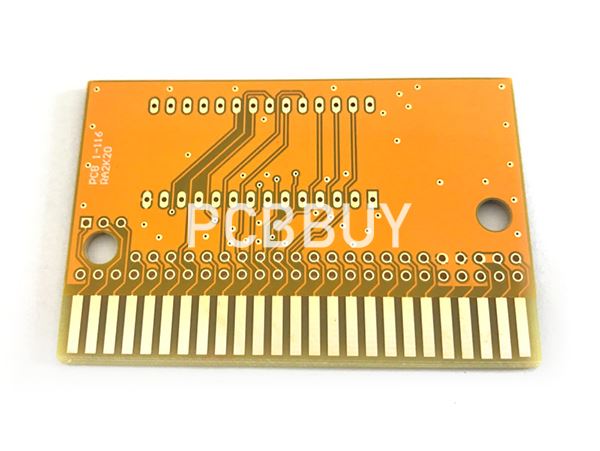
Ground Interference Countermeasures
Ground Loop Countermeasures
From the mechanism of ground loop interference, it can be understood that reducing the current in the ground loop can reduce ground loop interference. If the current in the ground loop can be completely eliminated, the problem of ground loop interference can be solved completely. Therefore, we propose the following solutions to address ground loop interference:
A. Float One End of the Device: Floating one end of the circuit disconnects the ground loop, thereby eliminating ground loop current. However, there are two issues to consider. One is that for safety reasons, circuits are often not allowed to float. In this case, consider grounding the equipment through an inductor. This makes the grounding impedance of the equipment very small for 50Hz AC current, and for higher-frequency interference signals, the equipment grounding impedance is larger, reducing ground loop current. However, this only reduces high-frequency ground loop interference. Another issue is that even though the equipment is floating, there is still parasitic capacitance between the equipment and ground. This capacitance provides low impedance at higher frequencies, so it cannot effectively reduce high-frequency ground loop current.
B. Use Transformers to Connect Devices: Using magnetic circuits to connect two devices can cut off ground loop current. However, it should be noted that the parasitic capacitance between the primary windings of the transformer still provides a path for high-frequency ground loop current, so the isolation effect of the transformer on high-frequency ground loop current is poor. One way to improve the high-frequency isolation effect of transformers is to add a shield layer between the primary windings of the transformer. However, it must be noted that the grounded end of the isolation transformer shield must be on the receiving circuit end. Otherwise, not only will the high-frequency isolation effect not be improved, but the high-frequency coupling may become more severe. Therefore, the transformer should be installed on the side of the signal receiving equipment. A well-shielded transformer can provide effective isolation at frequencies below 1MHz.
C. Use Opto-isolators: Another method to cut off ground loop is to use light to transmit signals. This can be said to be the most ideal method to solve ground loop interference. There are two methods of optical connection: one is optocouplers, and the other is optical fiber connections. The parasitic capacitance of optocouplers is generally 2pF, which can provide good isolation at very high frequencies. Optical fibers have almost no parasitic capacitance, but they are not as good as optocouplers in terms of installation, maintenance, and cost.
D. Use Common-mode Chokes: Using common-mode chokes on cable connections is equivalent to increasing the impedance of the ground loop, thereby reducing ground loop current under certain ground line voltage conditions. However, it is important to control the parasitic capacitance of the common-mode choke; otherwise, the isolation effect on high-frequency interference will be poor. The more turns the common-mode choke has, the larger the parasitic capacitance, and the worse the high-frequency isolation effect.
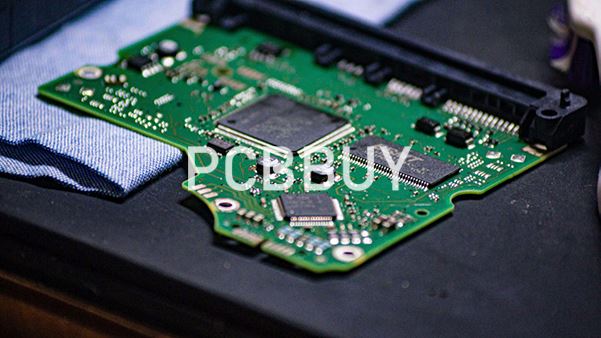
Eliminating Common Impedance Coupling
There are two ways to eliminate common impedance coupling. One is to reduce the impedance of the common ground section, thereby reducing the voltage on the common ground line and controlling common impedance coupling. The other method is to avoid using shared ground lines for circuits that are prone to mutual interference through appropriate grounding methods. Generally, avoid sharing ground lines between power circuits and weak signal circuits, and between digital and analog circuits. As mentioned earlier, the core issue of reducing ground impedance is to reduce ground line inductance. This includes using flat conductors for ground lines and using multiple parallel conductors spaced far apart as grounding lines. For printed circuit boards, laying out a ground line grid on a double-layer board can effectively reduce ground line impedance. While using a dedicated layer for ground lines in a multilayer board has very low impedance, it increases the cost of the board. The method of parallel single-point grounding can avoid common impedance coupling, as shown in Figure 4. The disadvantage of parallel grounding is that there are too many grounding wires. Therefore, in practice, it is not necessary to parallel all circuits. For circuits with less mutual interference, serial single-point grounding can be used. For example, circuits can be classified according to strong signals, weak signals, analog signals, digital signals, etc., and serial single-point grounding can be used within the same type of circuit, while parallel single-point grounding can be used for different types of circuits.
Summary
The main cause of electromagnetic interference caused by ground lines is the impedance of the ground lines. When current flows through the ground lines, a voltage is generated on the ground lines, which is ground noise. Under the drive of this voltage, ground loop current is generated, forming ground loop interference. When two circuits share a ground line, common impedance coupling occurs. Methods to solve ground loop interference include cutting off ground loops, increasing the impedance of ground loops, using balanced circuits, etc. The method to solve common impedance coupling is to reduce the impedance of the common ground section or to use parallel single-point grounding to completely eliminate common impedance.
Issues to consider when grounding:
Ground resistance should be less than 100 ohms.
Ground wires should be made as thick as possible, generally using wires larger than 8mm for grounding.
Ground wires should be kept away from power circuits and main circuit wires as much as possible. When unavoidable, they should intersect vertically and the length of parallel lines should be shortened as much as possible.
Ensure correct grounding and pay attention to shielding, etc.
Usually, signal lines and power lines are separated for routing, and power cables should be routed separately. Signal lines should be placed as close to the ground line as possible or surrounded by ground lines.
Industry Category











